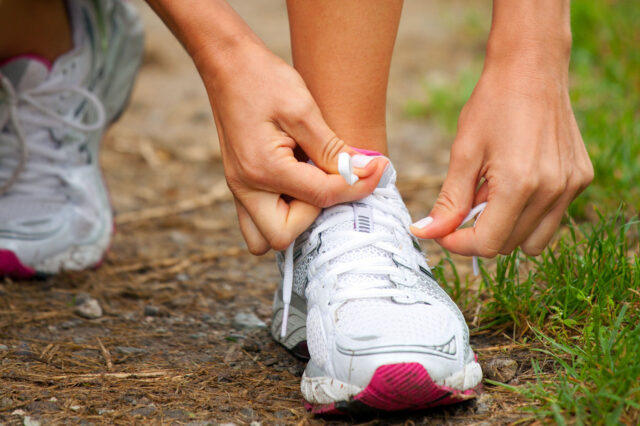Services

Evaluation
Most diseases that affect the lower extremities require X-rays in combination with routine clinical examination. At times, when further evaluation is warranted, a computerized tomography (CT) scan is ordered. If additional soft tissue evaluation is needed, a magnetic resonance imaging (MRI) test or ultrasound is ordered.
When a patient arrives at the clinic, they will be evaluated and their records reviewed by a specialist. If adequate X-rays are available, they will be reviewed or a new set ordered if additional views are felt to be necessary. Once a decision is made regarding the appropriate course of treatment and a CT or MRI deemed necessary, the patient will be given a return appointment once the CT and/or MRI has been performed. Both are routine procedures that take a short period of time to complete.
On the return visit, the studies are reviewed with the patient and treatment recommendations are discussed. In most cases, nonsurgical treatment can be started at a follow-up visit within six to eight weeks. If surgery is required, the surgeon will discuss the entire process with the patient.
Treatment
- Arthritis - The treatment for severe arthritis is nonsteroidal anti-inflammatory drugs (NSAIDS), physical therapy, glucosamine chondroitin sulfate and possibly injection therapy. If surgery is required, the standard procedures are joint replacement or fusion. Fusion eliminates the painful joint and allows the bones to heal together using internal hardware to hold the bone rigidly.
- Bunions - Treatment for bunions includes padding, shoe modification and splints. If surgery is required, the bone is remodeled to correct the deformity. Some procedures require metal hardware to ensure the remodeled bone remains in position until it is healed.
- Toe deformities - Toe deformity treatment consists of padding and shoe modification, as well as shaving calluses, if any are present. When surgery is necessary, a small piece of the bone is removed to correct and straighten the toe.
After each of these procedures, pain is usually greatest the first few days after surgery. Your surgeon may prescribe pain medication or recommend an over-the-counter pain reliever. You will need to stay home for three to seven days, even longer if you are ordered not to put weight on your ankle or foot. Follow-up visits are usually arranged at one to two weeks, then at four to six weeks and again at ten to 12 weeks. Physical therapy is needed after some surgeries.